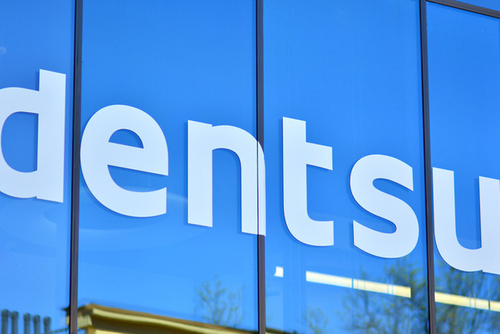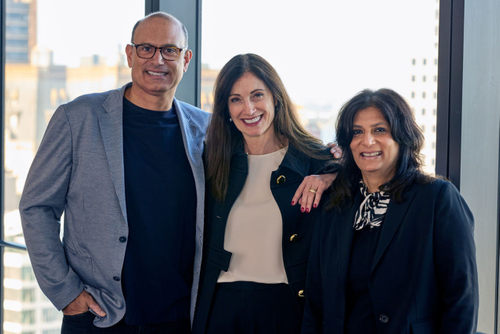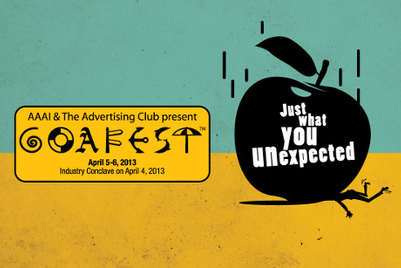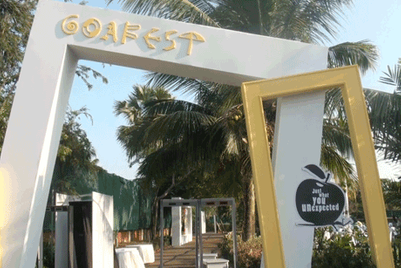
The Goafest 2013 Advertising Conclave kicked off with Nitin Paranjpe, MD and CEO, Hindustan Unilever Limited, delivering the inaugural address.
Paranjpe kicked off a series of sessions on the theme ‘Time to listen’, with the objective of getting client perspectives on what those in advertising can do, to deliver better.
Noting that the changes witnessed in marketing and advertising demanded change all around, Paranjpe said, “Anyone who tells you that the problem is only with the advertising agencies is missing the larger picture. It has to do with all of us.”
Fragmentation, Ad avoidance, Consumer Trust
The HUL head honcho pointed to the much wider media universe of today and the role of the 30-second commercial (television advertising) in brand building. Referring to a study among consumers commissioned the by HUL, he explained why marketers needed to take notice of the changes.
He said, “The amount of advertising we do is increasing. Despite bombarding people with advertising messages, she (the consumer) may see and hear a lot of it but she remembers nothing or very little.”
On the findings from the study, he added, “We continue to be deeply concerned. The reality is that people are not dying to watch our advertising; people are dying because of it. But we say it’s okay – because the consumer has no choice. But what if the assumption is flawed?”
Referring to the advent of the DVR and what it could do to ad consumption, he said, “Once the DVR comes in, there is virtually no ad played at home on TV. The cost of a DVR has come down drastically. What if it becomes Rs 300? What if it becomes a standard feature of Set Top Boxes? It’s not just possible, it’s very likely to happen.”
Paranjpe noted that while Television would survive, the ‘pre-eminence’ of the 30-second ad would not. “We need to start reinventing the model of building brands,” he added.
Citing several studies that say consumers don’t trust advertising, he noted that the typical brand’s response is rooted in the comfort of the known. “If 98 per cent of DMs (direct mailers) go into the bin, our response is that 2 per cent (response) is good – so let’s seed some more,” explained Paranjpe.
Transformation with social
“Advertising has been around forever. A lot has changed, in terms of the mediums and the technology. But at the heart of it, nothing has changed with advertising. How we do it has undergone significant change,” said the HUL chief executive.
Describing social media as ‘electronic word-of-mouth’, he added that it allowed word-of-mouth to become dramatically more powerful. Statistics to back the line of thought followed. A network of 100 people provides 4,950 possible links, while one with 1,000 people allowed 5,00,000 possible links, he said.
“There is something far more significant. Social media challenges the assumption that we are the creators of content. What we put out is actually a small fraction,” added Paranjpe.
Myth and Truth
Marketing in yesteryears was about creating a myth around a brand and communicating it, according to the keynote speaker. He cautioned that myths not founded on truth would not survive in today’s world, and that the consequences when they do, would be disastrous.
Underlining the shift, he said, “Today it is about finding the truth and sharing it. You have to win the trust of the consumer. If people trust you, we know that they will have more loyalty, they will buy more, they will recommend your brand more (and more).”
Consistency, with creativity
Acknowledging the role of advertising as a stimulus in inducing purchase, Paranjpe noted that while creativity was important, it is not everything.
“The 30-second ad is only a third of the stimulus towards a purchase decision. The other two thirds of it is an outcome of the residual value and collective experience of the consumer – that comes from the experience of the product, and from collective information from the past,” he explained.
Lack of consistency, irrespective of how creatively the advertising engages the consumer, will lead to diffused and incoherent messages – the loss would be to the brand’s equity, he reasoned.
“Creativity has to be within the right framework,” surmised Paranjpe.




.jpg&h=334&w=500&q=100&v=20250320&c=1)




+(1).png&h=334&w=500&q=100&v=20250320&c=1)

.jpg&h=334&w=500&q=100&v=20250320&c=1)








